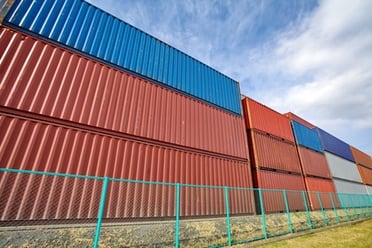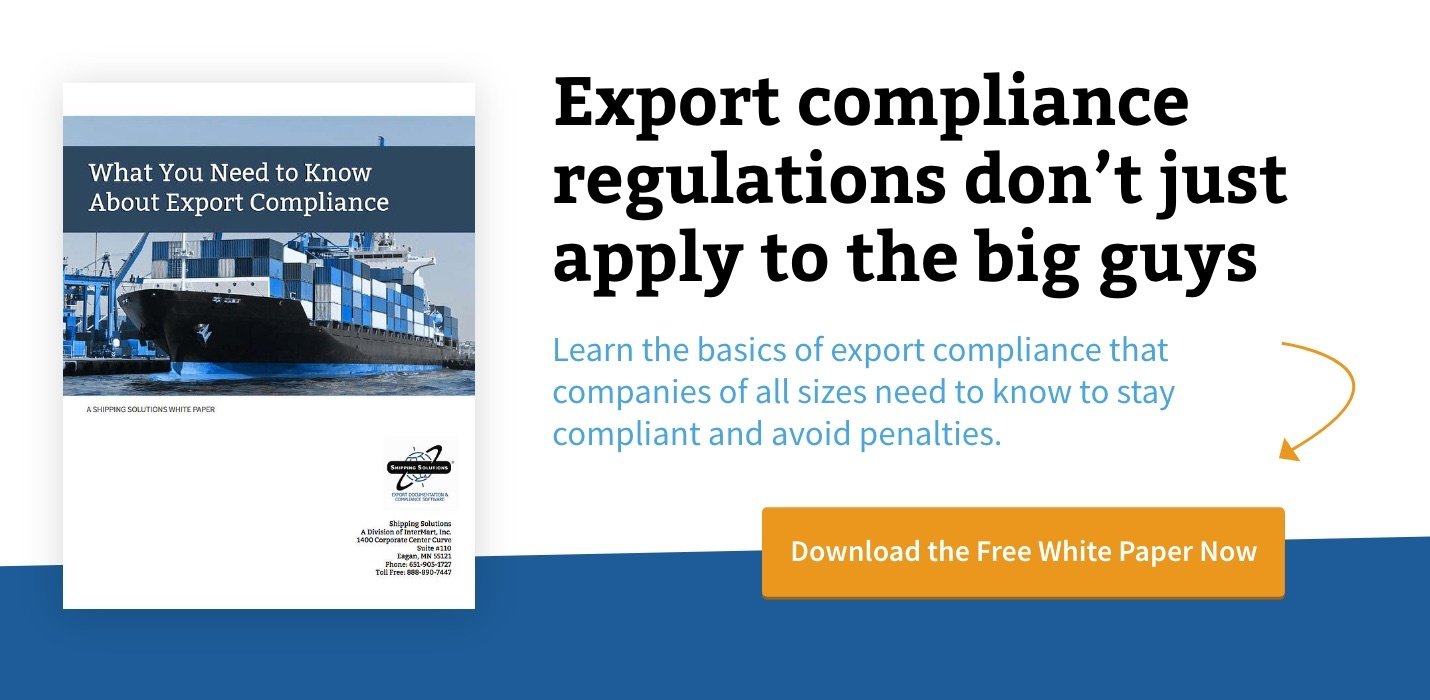The International Trade Blog Export Compliance
Going Beyond Your Export Management and Compliance Program
On: June 29, 2015 | By:  Andrea Appell |
4 min. read
Andrea Appell |
4 min. read
 EMCP stands for Export Management and Compliance Program. A good EMCP outlines concepts, responsibilities and training, as well as sets your corporate standards. Your executive leadership embraces the program as the spine supporting your cross-border transactions and your company’s clear demonstration of reasonable care. In short, it’s critical to your company.
EMCP stands for Export Management and Compliance Program. A good EMCP outlines concepts, responsibilities and training, as well as sets your corporate standards. Your executive leadership embraces the program as the spine supporting your cross-border transactions and your company’s clear demonstration of reasonable care. In short, it’s critical to your company.
Sure, your company’s bread and butter comes from the “E” or exports in EMCP, but why blind yourself to customs requirements? For example:
- How well does your team handle imports associated with returns?
- What if you provide an assist?
- Do you know anything about the destination country’s origin marking requirements?
- How would you prepare for a license, certification or declaration that may be determined only by the Harmonized System (HS) number of the importing country?
You may not be today’s importer of record; and the scenarios above may not even apply to you. But what about tomorrow? Moreover, at some point your company’s business strategy will change to include growth into new markets or manufacturing outside the U.S. A well-rounded global trade compliance program must support both the importing and exporting side of your corporate objectives.
If your company has global export compliance policies and procedures with the right teams engaged, a great system of checks and balances, and corporate-wide awareness of export compliance, then you have already completed most of the hard work! You can transform your export-focused compliance program into a comprehensive global trade compliance program by adding the three pillars of customs compliance: classification, country of origin, and valuation, as well as complementary immediate actions. These additional pillars must identify customs controls, specify how to manage them, assign accountability, and implement audit requirements.
Let’s break them down:I. Customs Classification
The Harmonized System (HS) is a commodity classification system set out by the World Customs Organization (WCO) used by most customs territories in the world. Each signatory country or customs territory leverages the same first six digits of the tariff and customizes the remaining digits. The customs agency of the importing country uses this code to assess duties, taxes, and fees; collect trade statistics; and identify and apply other government agency controls.
What You Can Do
Classify your product under the Harmonized System nomenclature and familiarize yourself with the corresponding HS numbers for the countries to which your products are most often shipped. Examine the potential duty and tax liability as well as other controls that may be imposed on products with the same HS classification.
II. Country of Origin
The term country of origin refers to the country of manufacture, production or growth of any article of foreign origin entering a customs territory. In the cases where manufacturing is performed in two or more countries, the generally accepted rule is that the manufacturing processes must be sufficiently complex to effect a substantial transformation and confer a new origin on the product. The country of origin is used for many purposes, including:
- Determining rates of duty applied to imported merchandise.
- Identifying merchandise subject to trade restrictions or remedies such as quota, embargoes, antidumping or countervailing duties.
- Conferring eligibility for preferential trade programs.
- Gathering trade statistics.
What You Can Do
Ensure your product is marked with its country of origin. Review manufacturing and implement a process where the compliance team is alerted to manufacturing changes so the country of origin can be reviewed.
III. Valuation
You must assign a customs value to all international shipments. The value is needed to compute duty and tax liability in the importing country, as well as to collect trade statistics. The World Trade Organization (WTO) has adopted this valuation agreement in most of the world for appraising merchandise for customs purposes. The agreement sets hierarchical rules that assign compliant values.
Under the agreement, transaction value is the primary method of appraising merchandise. This value reflects the price paid or payable for merchandise when sold for export to the importing country. When there is not a sale for export, you must progress through the hierarchy until arriving at the most appropriate method of appraising the transaction.
What You Can Do
Review valuation of both commercial and noncommercial goods with an eye for zero-valued goods or arbitrary values that may not be able to be substantiated by internal financial records.
IV. Audit
Perform internal reviews and audits to ensure compliance with internal policies and trade compliance regulations at all company customs and export-related locations.
What You Can Do
Look at your ACE data! It’s free and it ensures that any imports made under your company name go through the same meticulous process of verification and review as your exports.
Rebrand Your Program
The final step to free yourself from the “E” is to rebrand your program. As you now see, the “E” only gets you halfway there. Very few companies can rely on just an EMCP. What you have just developed and launched is an Internal Controls Program, or an ICP. Your Internal Controls Program supports your corporate objectives as well as compliance with export and customs regulations.

About the Author: Andrea Appell
Andrea Appell, Director. Andrea is a director at BPE Global in the San Francisco, California office specializing in all aspects of international trade compliance. As a trusted adviser and licensed customs broker working in trade compliance since 1997, Andrea helps multinational companies understand and optimize global trade regulations by developing and implementing customs and export compliance programs as well as security operations.
Andrea is a graduate from San Francisco State University with a Masters of Arts in History as well as a graduate from the University of California, Davis with Bachelor of Arts degrees in both History and Psychology. Andrea is a licensed customs broker by the Port of San Francisco and speaks both Spanish and Romanian.


